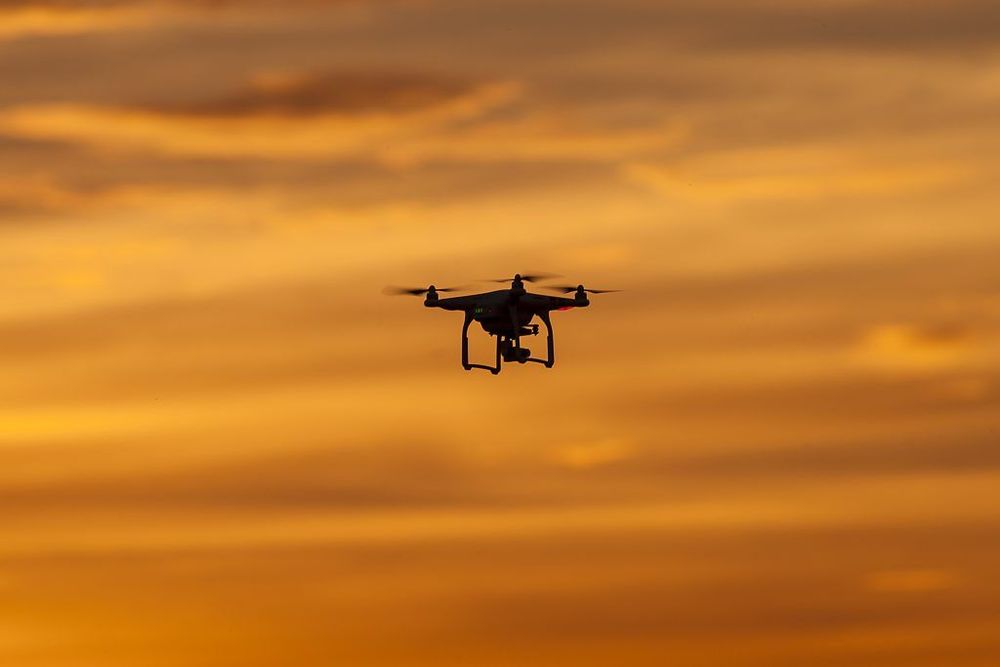Many of today’s methods of purifying water rely on filters and chemicals that need regular replenishing or maintenance. Millions of people, however, live in areas with limited access to such materials, leading the research community to explore new options of purifying water in using plasmas. Many plasma-based approaches are expensive, but a new class of plasma devices may change that.
Researchers at the University of Alabama in Huntsville have been studying a new type of plasma generator for water purification. The new generator pulses voltage signals to ionize gas at atmospheric pressure and produce many useful byproducts, including hydroxyl radicals, which cause a cascade of reactions that lead to purer water samples.
“We’re finding ways to speed up the purification process,” said Ryan Gott, a doctoral candidate in aerospace engineering at UAH who will present the research next week at the American Physical Society 71st Annual Gaseous Electronics Conference and the 60th Annual meeting of the APS Division of Plasma Physics, which will take place Nov. 5–9 at the Oregon Convention Center in Portland.








